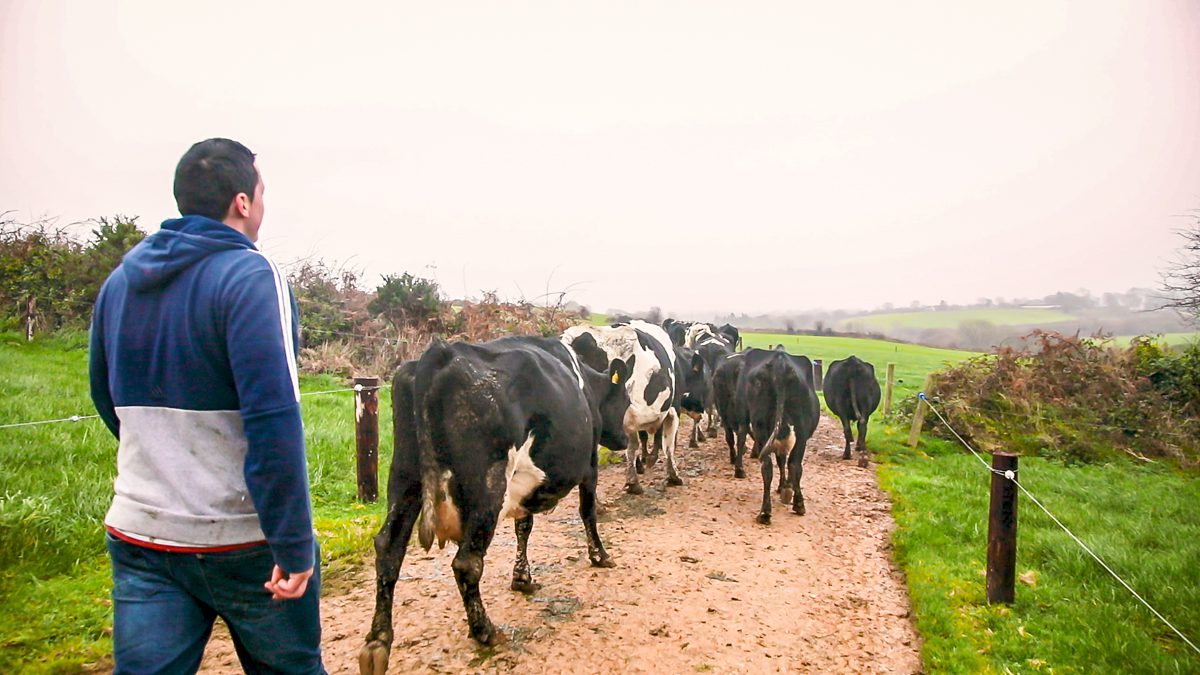The “top performers” among Irish dairy farmers – in other words farmers who are making the most profit from their enterprises – are operating their farms in certain ways that set them apart from the chasing pack, according to agribusiness firm Ifac.
Commenting at the online launch of the Ifac Irish Farm Report 2021, titled Growing Your Future, Ifac head of farm support, Philip O’Connor, said:
“We’re often asked ‘what makes a top farmer tick’? What are they doing that others are not? How are they generating good financial performance?
To find out these very questions, the professional services firm conducted an “informal type of survey” with 15 dairy farmers.
Top performers
“We rang them up, spoke to them for half an hour, 40 minutes, and we asked them ‘what are you doing on your farm, how do you look at your farm’ – and we compiled this into a couple of different areas,” O’Connor explained.
“When we spoke to them, they had a clear vision of the farm; so they really knew where their farm was going and where they wanted to go with the farm.
“Pasture management was a top priority. Every one of them without fail [conducted] soil tests religiously every two years, lime management, fertiliser plan, autumn rotation plan, spring rotation plan – pasture management was really, really key.
“Breeding policies and milk recording – all of them were milk recording; most of them were up to eight times a year and everyone was a minimum of six times a year.
“They did have breeding policies for AI; breeding for fertility, solids and so forth.
Profitability
“They did look at profitability, so they did look at the matrix; the two key ones that they looked at were profit per hectare and per cow. They broke down the farm profitability into those two sectors,” the head of farm support explained.
Commenting next on farmers as employers, he said: “Over three quarters of them were employing labour on the farm and they recognised the importance of it; and they did try to actively involve their team in the farm.
“They recognised the value of the team and outside people coming in.”

Continuing on dairy’s “top performers”, O’Connor highlighted that all top performers had a strong focus on financials and budgets.
“All of them were doing cashflow management and budgeting, so they were aware that cashflow management and budgeting was a key part of the farm and needed to be tracked.”
Debt and finance
“Interestingly enough, when we asked them about debt and finance, it was kind of double-edged; in one sense quite a few of them were highly geared, they were prepared to borrow for land and large capital expenditure and most of them had done or were doing.
“But when we asked them about short-term debt and buying machinery and other shorter term asset debt, they were much more reluctant to take that out.
“They tend to try and operate the farm out of cashflow if they’re doing short-term debt. They all had rainy day funds and the overdraft was very much seen as something that was used for exceptional years rather than something that should be used every year.
“So, they were conservative with short term debt but they were prepared to invest in long-term debt if that was necessary,” O’Connor concluded.
